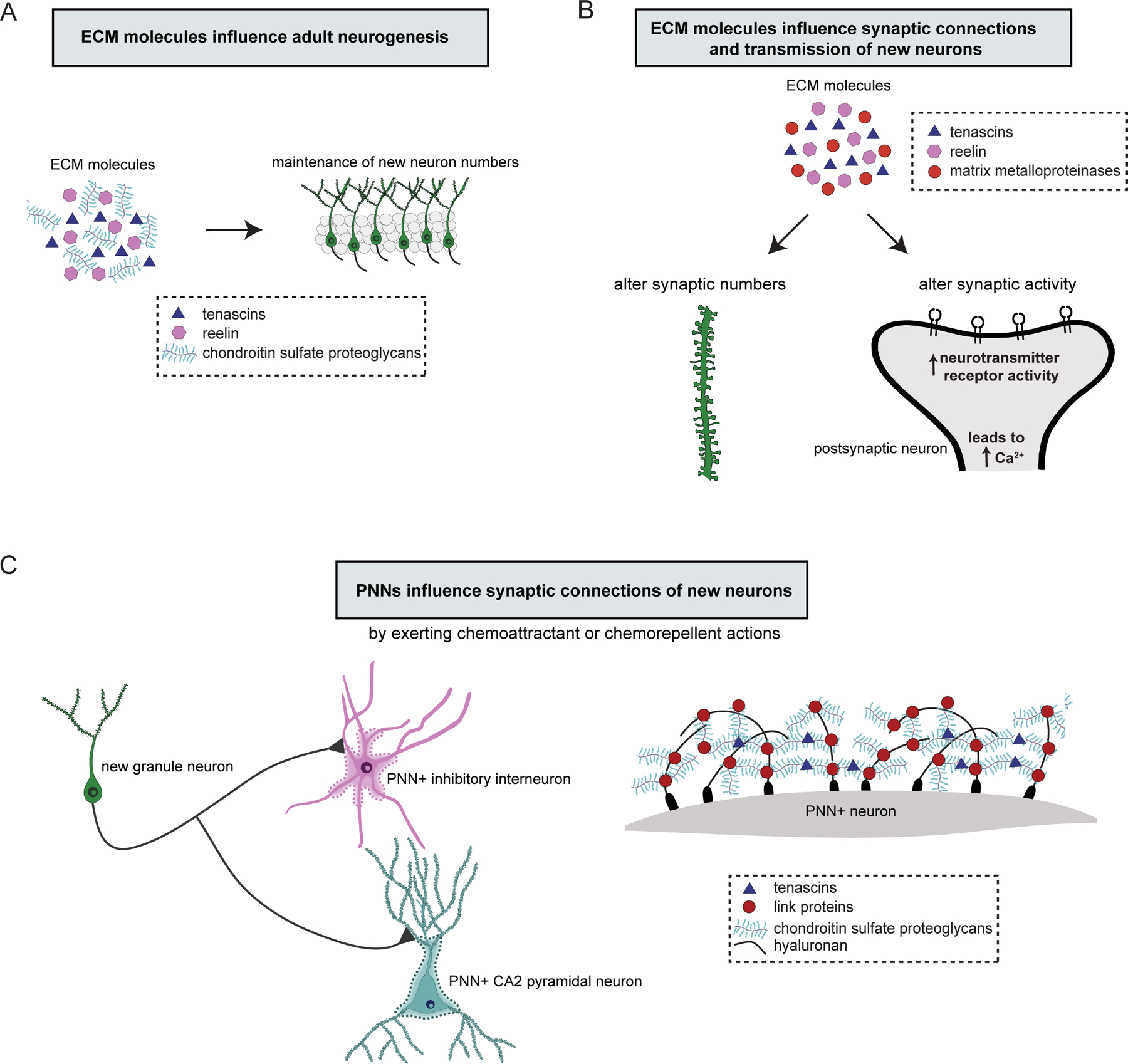Figure 3. The extracellular matrix influences adult neurogenesis and the synaptic connections formed by new neurons.

(A) Extracellular matrix (ECM) molecules such as tenascins, reelin, and chondroitin sulfate proteoglycans promote adult neurogenesis. (B) ECM influences new neuron connections and synaptic transmission. ECM molecules participate in the formation and stability of synapses, and through their interactions with cell surface receptors, influence synaptic activity by increasing neurotransmitter receptor activity, which increases intracellular calcium levels and enhances neural activity. (C) Specialized ECM structures, perineuronal nets (PNNs), which enwrap the cell body and proximal dendrites of hippocampal inhibitory interneurons and CA2 pyramidal cells, may attract or repel mossy fibers from new neurons.
